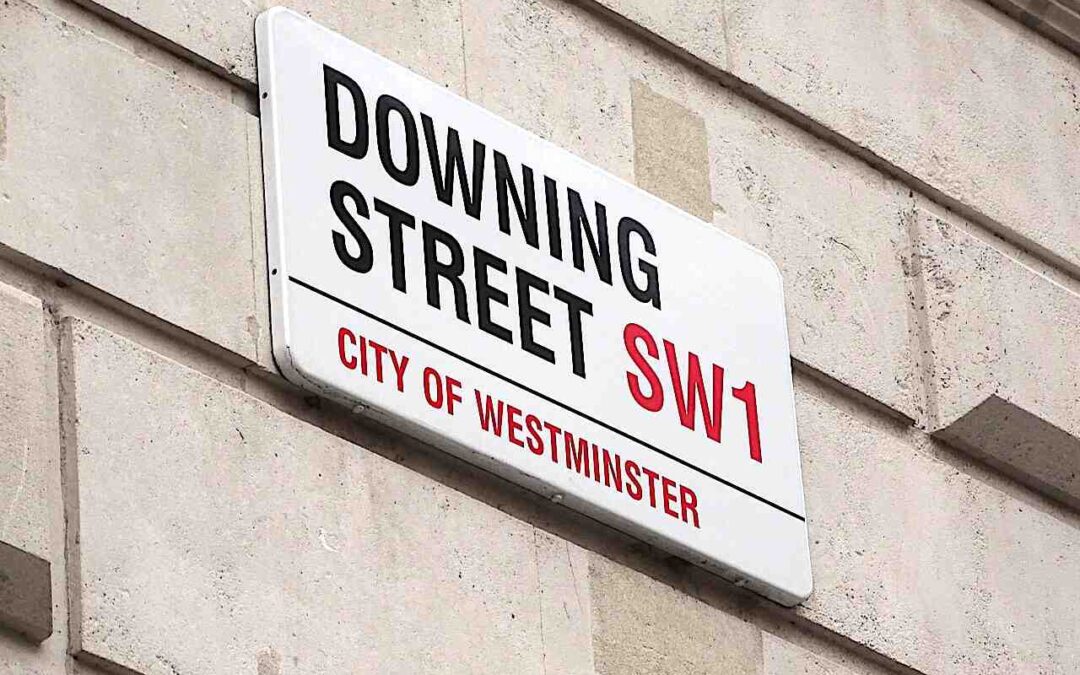The coronavirus pandemic has taken a huge toll on many businesses, and its effects are likely to linger. Even as shops and restaurants begin to open their doors, there is an added burden on businesses to maintain social distancing and keep their employees and customers safe. This is likely to continue for many months to come, limiting the extent to which many companies can recover their losses. Handling collective redundancies is something some businesses may have to deal with
As the Coronavirus Job Retention Scheme is rolled back, the unfortunate reality is that some staff may have to lose their jobs. For employers facing large scale redundancies (defined as 20 or more people), this will mean handling collective redundancy processes, with all the requirements that entails. Failing to conform to these requirements could result in employers having to pay 90 days’ gross wages to each employee – undercutting any savings you might have made.

What is a collective redundancy?
Collective redundancy is the process of making 20 or more employees redundant within a 90-day period at the same establishment. Collective redundancies usually occur when a business is forced to make cost savings but may also be required when restructuring or relocating. In the context of the coronavirus pandemic, the losses incurred from reduced trading and the end of the furlough scheme are forcing many businesses to consider making staff redundant.
A collective redundancy process requires that the affected staff receive a minimum of 30 days consultation, to be undertaken by a recognised trade union or other elected employee representatives. This consultation must take place at least 30 or 45 days before the first dismissal, depending on how many employees are at risk of being made redundant.
There are numerous reasons why this process is not just required in law, but beneficial to businesses. For one, it provides unions and employee representatives with an opportunity to find alternate arrangements, and potentially save jobs. It also keeps employees involved in the process and more motivated to work through this period of uncertainty, as well as helping the business to plan more effectively for the future, or identifying a different to way to make cost savings.
It is important to note that a collective redundancy does not only apply when employees are being made redundant. An employer wishing to simultaneously change the contracts of 20 or more employees – such as to change hours or wages – may end up in a situation where it has to consider terminating the existing contracts before issuing new ones. This would necessarily trigger the collective redundancy process and require the same period of statutory consultation and requirements.
What are the legal considerations when handling collective redundancies?
When undertaking a collective redundancy, businesses must make certain provisions under law. Failing to do so could lead to the payment of a ‘protective award’, consisting of up to 90 days’ normal pay (gross) for each affected employee. This could obviously have drastic consequences for your business and would undermine the stated value of the collective redundancy.
To proceed with a collective redundancy, an employer must:
- Consult with any recognised trade union or, if none, with other elected employee representatives
- Start consultation in good time – at least 30 or 45 days before the first dismissal takes effect, depending on the number of proposed redundancies. No dismissals can take effect until consultation is complete and the minimum period of 30 or 45 days has elapsed
- Consult on ways of avoiding dismissals, reducing the numbers to be made redundant and mitigating the effect of the dismissals
- Disclose in writing to the appropriate representatives certain information concerning the proposed dismissals
- Notify the Secretary of State for Business, Innovation and Skills at least 30 or 45 days in advance of the first dismissal taking place
How does being on furlough impact collective redundancies?
One issue you may encounter is the fairness of making staff redundant when only part of your workforce has been furloughed. For instance, to only make furloughed staff redundant and retain staff that had not been furloughed, would expose the employer to accusations of unfair dismissal. Furloughed employees may claim that the selection process for furloughing staff was not fairly selected, or that staff who agreed to be furloughed had been unfairly treated. This is something you should consider carefully when making staff redundant and take specialist advice for.
Do I need to outsource the process?
While outsourcing is not strictly necessary, handling collective redundancy is a sensitive subject. At a time of already considerable stress, many employers may wish to avoid confrontation by delegating this to an experienced third party. Our legal and HR experts are very familiar with the collective redundancy process and can ensure that it proceeds smoothly for all parties.
It is natural that staff involved in a collective redundancy may be unhappy and may wish to air grievances. Outsourcing the process allows for these grievances to be fielded in a de-personalised way while dealt with in a respectful manner, and for all staff to be treated equally while limiting the disruption to the business. This avoids the risk of unconscious bias in consultation and decision-making and reduces the potential for subsequent claims of unfair dismissal or unlawful discrimination.
The consequences of failing to adhere to the collective redundancy process could be severe, with financial penalties that could impact the future survival of a business. By delegating the task to employment law experts, you can be assured of the process is followed correctly and that remaining staff are recognise it was handled as effectively as it could be.
How do I conduct a collective consultation with social distancing measures in place?
Perhaps the most obvious impact of staff being on furlough is how you communicate with them. Video calls wherever possible can allow for proper consultation, with measures to ensure that the discussions are confidential. If you are using Zoom, it is recommended to use the browser version rather than the app, and to make meetings password protected.
If employee representatives need to be elected prior to the consultation taking place, there should be a secure means of conducting an election online, so that no-one is excluded. If your employee or union representatives have been furloughed, government guidance states that they may still undertake duties and activities for individual or collective representation.
What do we need to do during collective consultation?
At the start of the collective redundancy process, employers must explain their proposals to the employee or union representatives. They must also share the HR1 form with them, which outlines the nature of the redundancies, the reasons for them, and the individuals involved in the consultation process. This is necessary both as a means of informing the government about the redundancies and as a basis for consultation.
Once this has been completed, the business should enter consultation at least 30 days (for fewer than 100 redundancies) or 45 days (for 100 or more redundancies) before redundancies are scheduled to occur. This consultation should conclude with a ‘view to agreement’ about the proposals, which should address any ways that the redundancies can be limited or avoided, and how the process can best protect the employees from a negative outcome.
Employers are encouraged to provide as much information to the representatives as possible, in order to secure a quick and effective outcome. Based on this information, it may be that the employee or union representatives are able to find a solution that had been overlooked. Equally, by providing as much information as possible to substantiate your reasoning for collective redundancy, you may be able to avoid unnecessary confrontation.
How Loch Associates Group can help
Businesses who fail to follow the collective redundancy process properly risk losing much of the money that it could have saved. By using experienced external experts, you can avoid confrontation with employees, follow the law correctly, and ensure that your business survives through this challenging period.
Loch Associates Group have a wealth of experience overseeing and handling collective redundancies, from the planning stage to the consultation process either hands-on or by remote guidance. Visit our Employment Law page to find out more, or please get in touch with us today.







